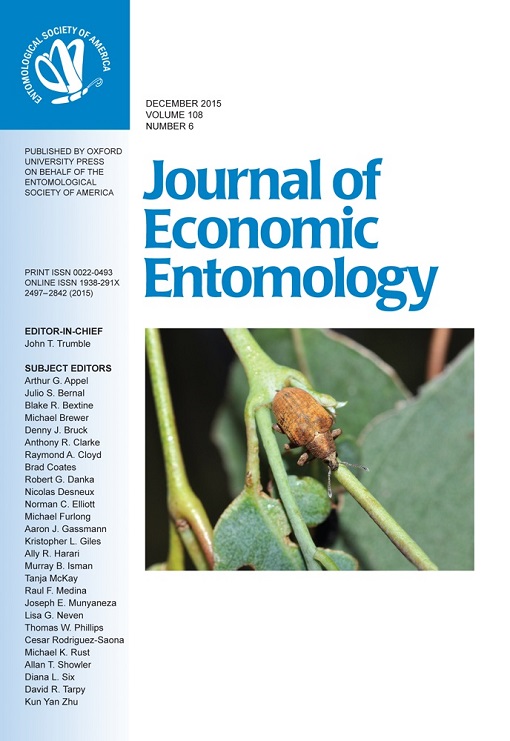The use of neonicotinoid seed treatments is a nearly ubiquitous practice in sunflower (Helianthus annuus) pest management. Sunflowers have a speciose pest complex, but also harbor a diverse and abundant community of beneficial, nontarget organisms which may be negatively affected by pest management practices. Here, we investigate how the foliar and subterranean arthropod pest communities in sunflower fields were affected by a thiamethoxam seed treatment over three site years (two years on one farm, and another year at an additional field in the second year). Thiamethoxam and its metabolite clothianidin in leaf tissue were quantified throughout the growing season, and yield differences between treatments were measured. Across site years, foliar herbivores and key pests of sunflowers were unaffected by the seed treatment. Likewise, subterranean herbivores were unaffected. Thiamethoxam was measurable in leaf tissue through the R1 plant stage, while its metabolite clothianidin was detected throughout flowering (R6). No difference in sunflower yield was observed between treatments across site years. This research suggests that neonicotinoid seed treatments in sunflowers do not always provide economic benefits to farmers in the form of pest reductions or yield improvements. Future research should focus on sunflower integrated pest management strategies that limit nontarget effects of agrochemicals, while providing greater economic returns to farmers.
How to translate text using browser tools
1 December 2015
Thiamethoxam Seed Treatments Have No Impact on Pest Numbers or Yield in Cultivated Sunflowers
Michael M. Bredeson,
Jonathan G. Lundgren
ACCESS THE FULL ARTICLE
It is not available for individual sale.
This article is only available to subscribers.
It is not available for individual sale.
It is not available for individual sale.
clothianidin
Helianthus annuus
herbivore
metabolite
neonicotinoid





